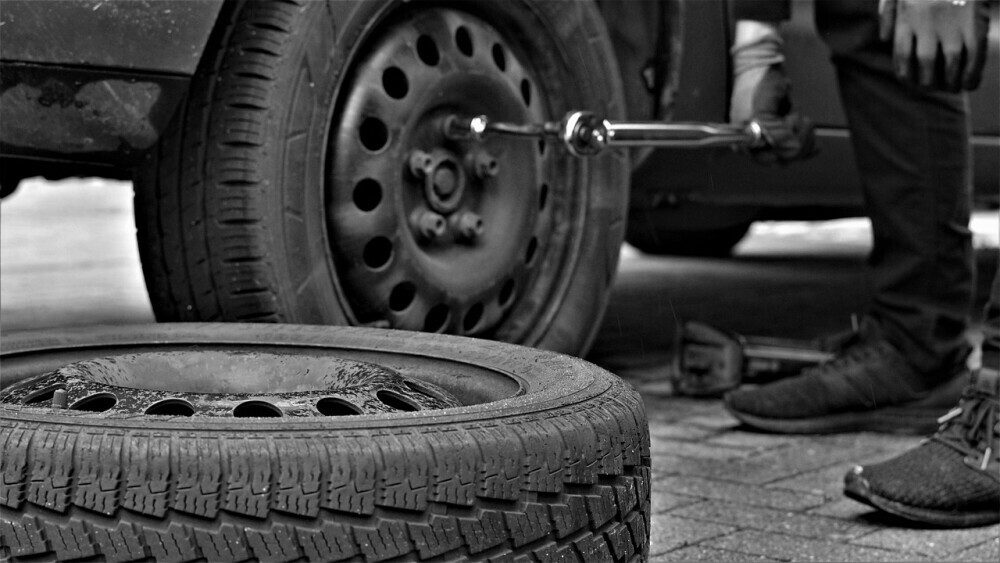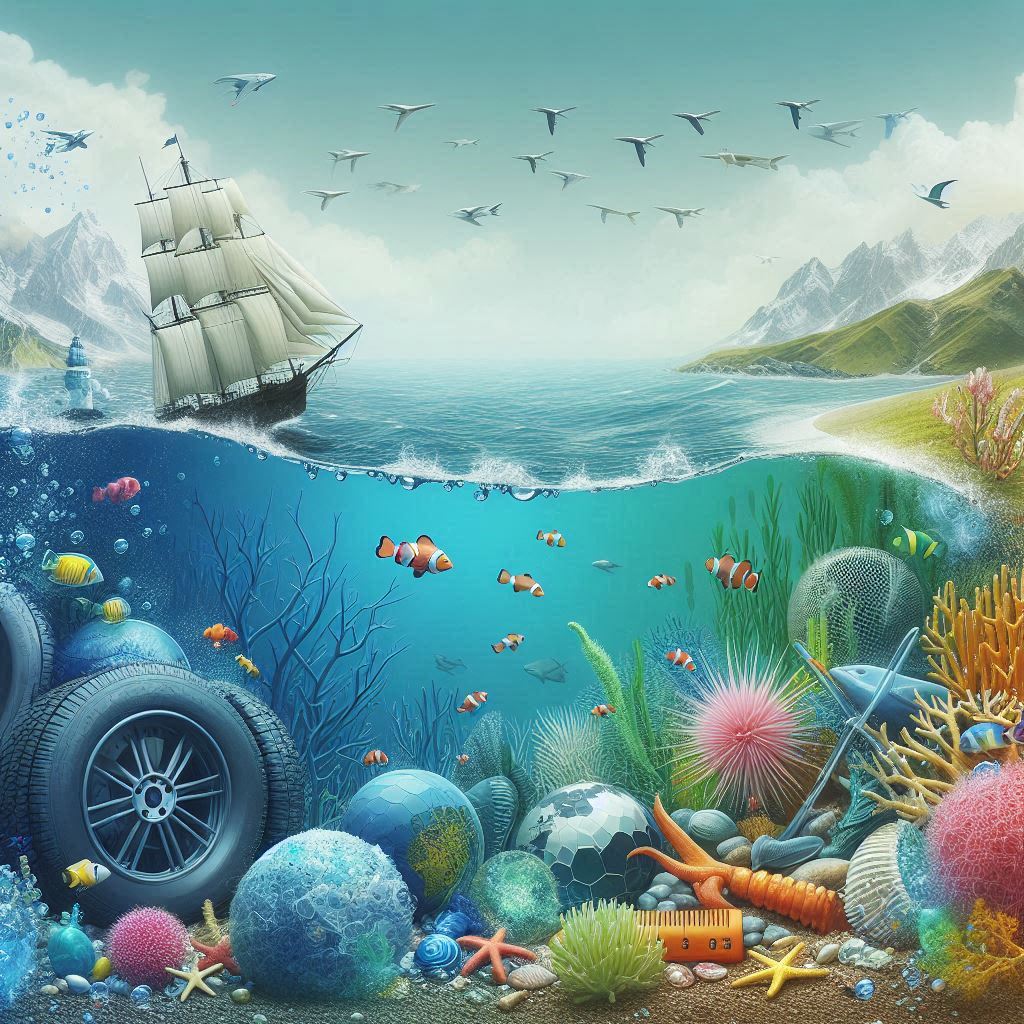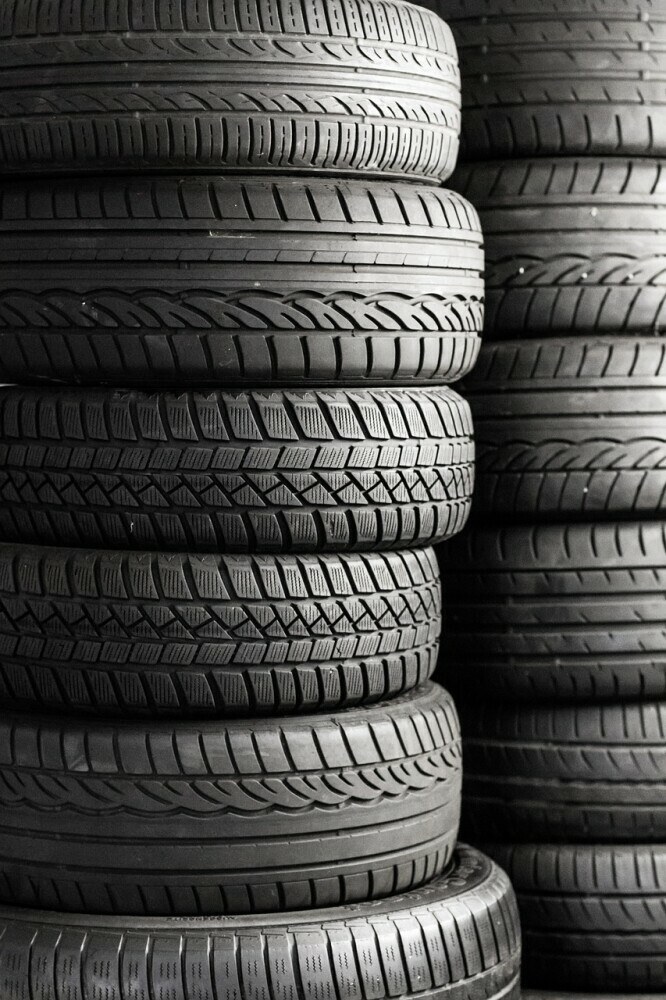
I’m going to introduce you to a rarely discussed yet significant environmental issue: tire wear. Every time you drive, your car’s tires lose tiny bits of rubber. This wear and tear is natural; after all, tires are meant to provide traction and grip, which comes at a cost. However, this isn’t just about tires wearing down; it’s also about the tiny particles they shed.
These particles from tires, unfortunately, transform into microplastics. You’re going to find out about how every turn of the wheel contributes to this pervasive issue. Compare a tire to an eraser on a pencil – as it rubs against the paper, bits come off. Similarly, as a tire rubs against the road, it leaves behind microparticles that eventually enter our natural ecosystems.
Assessing the scope of tire wear’s contribution to global microplastic pollution is complex. It’s not just about local waterways; these particles can travel vast distances, carried by wind and water. Researchers are working hard to quantify the exact amount, but it’s clear the numbers are significant.
Now, having set the stage for the importance of understanding tire wear and microplastics, the next section will explore the detailed journey these particles take from our streets to potentially the deepest ocean trenches. This includes the myriad of ways in which microplastics can affect both wildlife and ecosystems, emphasizing why this growing concern demands our immediate attention.
The Journey of Microplastics: From Tires to Ecosystems

I’m going to walk you through exactly how tiny bits from tires, no bigger than a grain of sand, make their way into ecosystems both local and global. It starts on the city streets, where every drive contributes to this cycle. As tires roll against the asphalt, friction takes its toll. This abrasion scrapes off minuscule particles that may seem inconsequential on their own but collectively pose a significant concern.
You’re going to find out about the unseen journey of these particles. Rainwater acts as a conveyor, washing them off the roads and into the sewer systems. From here, they can end up in rivers, lakes, and eventually the ocean. These bits of rubber, filled with a mix of chemicals and heavy metals, become what scientists call microplastics once they’re fragmented into microscopic pieces.
Don’t worry too much about the scientific jargon though. What’s essential to understand is how these particles interact with the environment. Once in the waterways, the microplastics are ingested by a variety of organisms, entering the food chain. This is where the subtle invasion truly becomes a concern. Research shows that these particles can accumulate in the bodies of fish, birds, and even make their way up to us.
This isn’t just about small animals getting sick. It’s also about understanding the broader implications. Studies are increasingly focusing on how these particles affect the health of wildlife and us. Some suggest potential links to inflammation and other health issues in animals, and there’s a lot of opportunity for further research to explore these effects on humans.
Mitigating the Microplastic Menace: Innovations in Tire Manufacturing

I’m going to shed some light on the cutting-edge innovations in the tire manufacturing process aimed at reducing microplastic pollution. This isn’t just about crafting more durable tires; it’s also about integrating sustainable materials and processes that have a gentler impact on our ecosystems.
In my opinion, the tire industry has a significant role to play in addressing microplastic pollution. Manufacturers are experimenting with new formulations that extend tire life and reduce the amount of microplastics generated.
Let’s take a closer look at some of the frontrunners in this initiative. You’re going to find out about companies that have committed to environmentally friendly practices, innovating with materials like natural rubber alternatives and non-aromatic oil-based extenders, which not only improve the lifespan of tires but also decrease the pollution they cause during wear.
The strategies don’t stop at the materials, though. I’m here to help you with understanding the alternative designs and tread patterns that enhance road grip and decrease wear. Additionally, strategic partnerships between tire companies and environmental organizations are promoting the development of recycling programs, turning end-of-life tires into materials for new products.
You may be thinking, ‘Is all of this effort paying off?’ I can tell you that the results are promising. By increasing the longevity and recyclability of tires, these innovations have the potential to substantially lower the volume of microplastics entering our environment.
If you want to support these initiatives, I’ll talk next about what you can do as a consumer to drive change. Even small actions, such as proper tire maintenance, can contribute to reducing your environmental impact.
Navigating Towards a Greener Future: Policy and Consumer Action

In my opinion, there’s a strong need for action both at the regulatory level and within our own daily choices when it comes to combating tire-derived microplastic pollution. Policies, when well-crafted and enforced, have the power to catalyze industry-wide changes. These can include setting standards for tire compositions that minimize wear, incentivizing the recycling of tires, or even mandating the use of tires that produce less particulate matter.
On the flip side, you’ve got consumer power. Every purchase decision is a vote for the kind of practices you want to support. I’m here to help you understand that choosing tires designed for durability and made with eco-friendlier materials, or simply extending the lifespan of your tires through proper maintenance, maintaining optimal tire air pressure, or using nitrogen gas as a superior alternative to compressed air can make a significant difference.It’s choosing something that resonates with you and the health of our planet.
There’s a lot happening very quickly in the world of environmental advocacy and awareness. More people are calling for transparency and taking the initiative to support sustainable practices. This includes making use of platforms that enable us to share insights, participate in community cleanups, and collaborate with organizations that are at the forefront in the fight against microplastic pollution.
Your first attempt doesn’t need to be your last – evolving your habits is a journey. Don’t worry too much about starting perfectly; instead, focus on making continuous improvements. Engage with campaigns, educate yourself and others about the impact of microplastics, and support legislative changes that push for a greener tomorrow.
To wrap up, the microplastic issue stemming from tire wear is multifaceted, and so must be our response. It will take a blend of innovation, regulation, and individual responsibility to navigate towards a cleaner and more sustainable future. I really hope that you feel inspired to spread the word and take action in whatever way you can. Together, we can steer this situation onto the right path.

